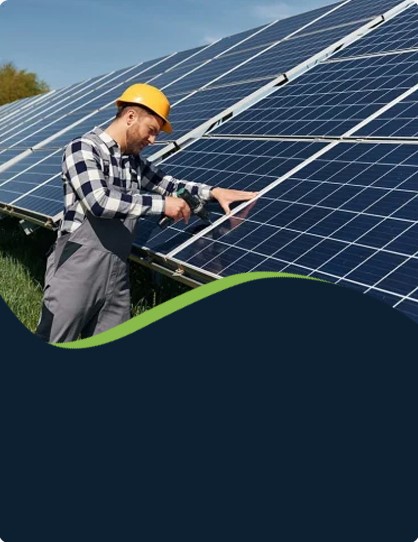
-
[email protected]

-
Building 1, No. 21 Shengfa Road, Lucheng District, Wenzhou, Zhejiang, China



Lithium-based batteries have become an essential part of modern technology, powering everything from smartphones to electric vehicles.
Lithium-ion (Li-ion) batteries are the most well-known and widely used type of rechargeable battery. They are commonly found in consumer electronics, electric vehicles, and even renewable energy storage systems. The popularity of lithium-ion batteries is primarily due to their high energy density, long lifespan, and relatively lightweight nature compared to other types of batteries.

These batteries function by moving lithium ions between the anode and cathode through an electrolyte solution. When the battery is charged, lithium ions accumulate at the anode, and during discharge, they move to the cathode, producing electrical energy. Lithium-ion batteries are also known for their efficiency and safety, with mechanisms in place to prevent overheating and overcharging.
However, lithium-ion batteries do have their limitations. They can degrade over time, especially if they are subjected to bad temperatures or overcharging. Additionally, the production of lithium-ion batteries can have environmental impacts, primarily due to the mining of lithium and cobalt, which are essential materials for their manufacture.
Lithium-sodium (Li-Na) batteries are an emerging alternative to lithium-ion batteries, primarily due to the abundance and cost-effectiveness of sodium. In a lithium-sodium battery, sodium ions replace lithium ions as the charge carrier between the anode and cathode. Sodium, being much more abundant than lithium, offers the potential to reduce the cost of battery production and lessen reliance on rare minerals.
One of the key benefits of lithium-sodium batteries is their lower cost. Sodium is widely available, which can significantly reduce the production cost of these batteries. Additionally, lithium-sodium batteries have a potentially greater safety profile since sodium is less reactive than lithium, reducing the risk of dangerous reactions in the event of battery damage or misuse.
Sodium ions are larger than lithium ions, which can make it more difficult for sodium-based batteries to store as much energy in a given space. Researchers are working to improve the energy density of lithium-sodium batteries, and while progress is being made, they are still in the early stages of development for widespread commercial use.
Lithium-ceramic batteries represent another innovative development in the field of lithium-based energy storage. These batteries use a solid ceramic electrolyte, as opposed to the liquid or gel electrolytes found in traditional lithium-ion batteries. The solid-state electrolyte in lithium-ceramic batteries offers several advantages over traditional battery designs, including improved safety and enhanced energy density.
One of the most notable features of lithium-ceramic batteries is their improved safety profile. The solid electrolyte eliminates the risk of leakage, which is a concern with liquid-based electrolytes. Additionally, these batteries are less prone to overheating and are more resistant to fire, making them a safer alternative for applications that require high reliability, such as in electric vehicles or medical devices.
Lithium-ceramic batteries also tend to have a higher energy density than conventional lithium-ion batteries, which means they can store more energy in the same amount of space. This makes them an attractive option for future applications where compactness and power are crucial.
Each of these lithium-based batteries—lithium-ion, lithium-sodium, and lithium-ceramic—offers unique advantages and faces specific challenges. Lithium-ion batteries continue to dominate the market due to their established reliability and performance. Lithium-ceramic batteries represent an exciting future for energy storage, offering enhanced safety and energy density, but they are still in the early stages of commercialization.
Your email address will not be published. Required field are marked*
